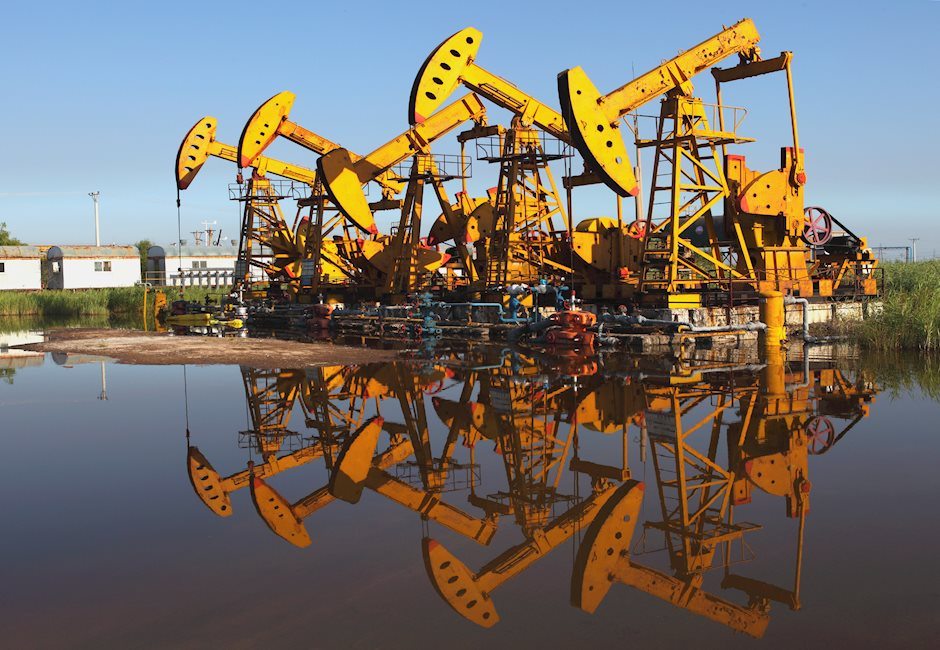Crude Oil slips back on Tuesday, WTI falls to $80.50 after API reports another surprise buildup
- WTI falls back once more from $81.50 as near-term chart churn continues.
- API weekly Crude Oil counts reported another unexpected increase in reserves.
- Middle East tensions keep Crude Oil risk bid elevated, but weakness persists.

West Texas Intermediate (WTI) US Crude Oil eased back on Tuesday, slipping over a dollar per barrel from $81.50 to test below $80.50 as bullish Crude Oil sentiment continues to sour with hopes for a summertime drawdown dwindling and a surprise buildup in US Crude Oil stocks hampering upside potential in energy markets.
The American Petroleum Institute (API) reported a week-on-week buildup of Weekly Crude Oil Stocks for the week ended June 21, chalking in a 900K barrel buildup compared to the expected drawdown of 3 million barrels, adding to the previous week’s buildup of 2.263 million barrels. US Gasoline inventories also rose, climbing 3.843 million barrels as domestic demand struggles to sop up output from refined producers.
Broad-market hopes for a firm drag on Crude Oil stocks are dwindling as inventory counts climb. Barrel traders, who have been propping up Crude Oil prices on fears of the Israel-Palestinian Hamas conflict might spill over into neighboring countries, have yet to see any actual disruptions in Crude Oil production.
Adding onto this, the Organization of the Petroleum Exporting Countries (OPEC) and its extended network of non-member ally states, OPEC+, are set to begin phasing out voluntary production cuts meant to bolster global Crude Oil prices. OPEC+’s gradual phasing out of production caps could see an additional 2.2 million bpd pour into global Crude Oil supplies as OPEC+ member states grow weary of propping up global energy prices at the expense of their government budgets, which rely on Crude Oil sales to balance the books.
Economic Indicator
API Weekly Crude Oil Stock
API’s Weekly Statistical Bulletin (WSB) has reported total U.S. and regional data relating to refinery operations and the production of the four major petroleum products: motor gasoline, kerosene jet fuel, distillate (by sulfur content), and residual fuel oil. These products represent more than 85% of total petroleum industry.
Read more.Last release: Tue Jun 25, 2024 20:45
Frequency: Weekly
Actual: 0.9M
Consensus: -3M
Previous: 2.264M
Source: American Petroleum Institute
WTI technical outlook
Near-term price action has halted a bullish advance, keeping WTI US Crude Oil prices pinned on the low side of a supply zone above $81.50. Intraday bidding is easing back to the 200-hour Exponential Moving Average (EMA) at the $80.00 handle, and an extended backslide could see barrel bids tumble further into mid-June’s consolidation range below $78.50.
Daily candlesticks have largely churned in place since finishing a 12.65% bottom-to-top rally sparked after early June’s swing low to $72.45, but a lack of bullish momentum beyond the 200-day EMA at $78.90 leaves price action poised for a bearish turnaround.
WTI hourly chart

WTI daily chart

WTI Oil FAQs
WTI Oil is a type of Crude Oil sold on international markets. The WTI stands for West Texas Intermediate, one of three major types including Brent and Dubai Crude. WTI is also referred to as “light” and “sweet” because of its relatively low gravity and sulfur content respectively. It is considered a high quality Oil that is easily refined. It is sourced in the United States and distributed via the Cushing hub, which is considered “The Pipeline Crossroads of the World”. It is a benchmark for the Oil market and WTI price is frequently quoted in the media.
Like all assets, supply and demand are the key drivers of WTI Oil price. As such, global growth can be a driver of increased demand and vice versa for weak global growth. Political instability, wars, and sanctions can disrupt supply and impact prices. The decisions of OPEC, a group of major Oil-producing countries, is another key driver of price. The value of the US Dollar influences the price of WTI Crude Oil, since Oil is predominantly traded in US Dollars, thus a weaker US Dollar can make Oil more affordable and vice versa.
The weekly Oil inventory reports published by the American Petroleum Institute (API) and the Energy Information Agency (EIA) impact the price of WTI Oil. Changes in inventories reflect fluctuating supply and demand. If the data shows a drop in inventories it can indicate increased demand, pushing up Oil price. Higher inventories can reflect increased supply, pushing down prices. API’s report is published every Tuesday and EIA’s the day after. Their results are usually similar, falling within 1% of each other 75% of the time. The EIA data is considered more reliable, since it is a government agency.
OPEC (Organization of the Petroleum Exporting Countries) is a group of 13 Oil-producing nations who collectively decide production quotas for member countries at twice-yearly meetings. Their decisions often impact WTI Oil prices. When OPEC decides to lower quotas, it can tighten supply, pushing up Oil prices. When OPEC increases production, it has the opposite effect. OPEC+ refers to an expanded group that includes ten extra non-OPEC members, the most notable of which is Russia.
Author

Joshua Gibson
FXStreet
Joshua joins the FXStreet team as an Economics and Finance double major from Vancouver Island University with twelve years' experience as an independent trader focusing on technical analysis.

















